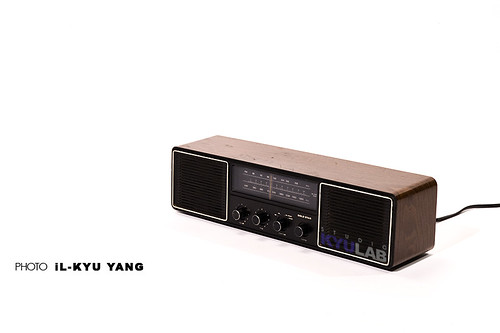Easy Techniques For Taking Professional Quality Photographs
Although most people think that taking a picture is just as simple as pointing and shooting, there really is an art form to it. Typically, your photos never look quite as good as you imagined they would. However, once you learn the proper techniques, it really is simple to take great pictures.
Stand close to your subjects to take better pictures. If you get closer to your subject you can frame it, and focus on it. You can also pay attention to facial details, which will come in handy, especially if you are doing portrait photography. When your subject matter is at a distance, you lose important details.
Overcast skies should not be included in the composition of a picture. Including too much of a gray sky will make your pictures appear muted and washed-out. If the sky is overcast, perhaps you should shoot the photograph in black and white. Blue skies look magnificent in photographs; however, you will still need to take light into consideration.
When deciding on which shots to display, choose the best ones. Don’t show every picture you’ve ever shot, and don’t show too many photos with the same theme or subject. It can get very boring for others to see the same thing over and over again. Keep things fresh by showing off a variety of your photography.
Here is a handy photo tip! Educate yourself about shutter speeds. These are labeled S, A, M an P on your camera. The letter “P” indicates program mode. If you choose this option, your camera will do all of the work for you because it commands the camera to judge what is right for the image. When you don’t know which setting to use, the “P” setting will help you capture a great shot.
Use care when packing your photography equipment in trip preparation. Take cleaning equipment and back-up batteries, as well as all the lenses you expect to make use of. Don’t forget to keep in mind any limitations you have regarding space, and do not pack more equipment than you think you will need.
If you plan on traveling, you should begin snapping pictures immediately when you depart. A good shooting location doesn’t necessarily have to be a beach or a famous landmark; you may find your best shots are ones in a car or rest stop. Document your travel. For example, there are many interesting things about an airport that makes it perfect for picture taking.
You should enjoy photography! It is an invaluable tool for capturing a moment in time that could otherwise be forgotten. When you enjoy taking photos, learning new photography skills is something you are likely to be excited about.
Shutter speed, ISO and aperture are important aspects of any great photo. It’s important to find the combination of these. These are the elements that determine exposure when you are photographing subjects. Unless you’re trying for a particular effect, you probably want to avoid taking shots that are over- or under-exposed. Experimentation with these features and how they work together will lead you to the perfect combination.
When you are going to be taking pictures of a wedding, warm up with some shots of some unexpected things such as the bride’s make up or the ring bearer putting on his shoes. You might also get some amazing photos.
Create more unique photos by using a variety of angles. Anyone can look at a simple head-on photo and take a picture of it. Try different elevations. A subject looks very different from a high vantage point or from very low down. Consider turning the camera ninety degrees, or to a diagonal angle, to put the subject in a more interesting context.
Filters are helpful extensions that you put onto camera lenses. Filters alter the light entering the camera, and can create various special effects. UV filters are the most common filters. This prevents harsh sunlight from damaging the lens. The filter can also minimize damage to the camera lens if you accidentally drop your camera.
Red eye may seem like a small flaw, but it can deem a photo un-frame worthy. You can keep those red eyes out of your pictures by not using the flash unless absolutely necessary. If you do have to use it, make sure the people in the photos don’t look directly at the lens. There are some cameras that contain a red-eye feature.
You may have had disappointing results with your past pictures. Disappointment is not what anyone wants. However, reading this article will surely rectify that problem. Use our tools and your pictures will be ones that you are proud of, displaying gorgeous memories to last more than a lifetime.

Comments are closed.